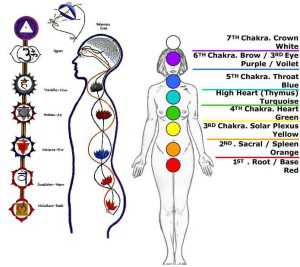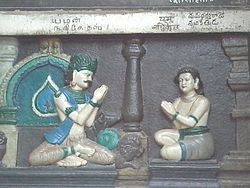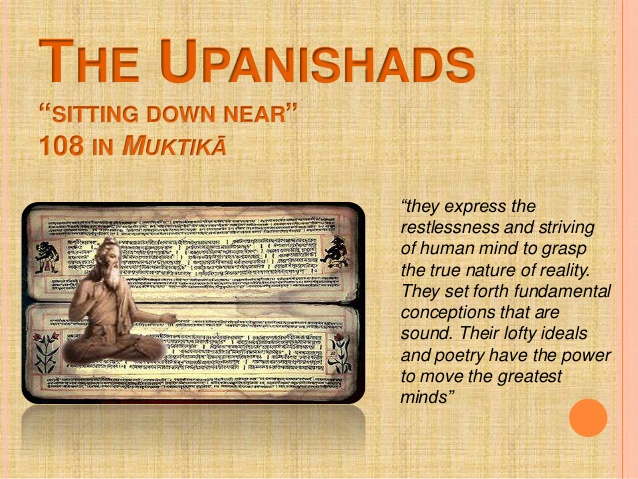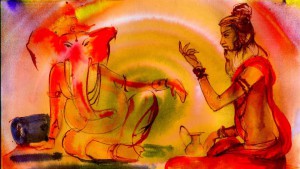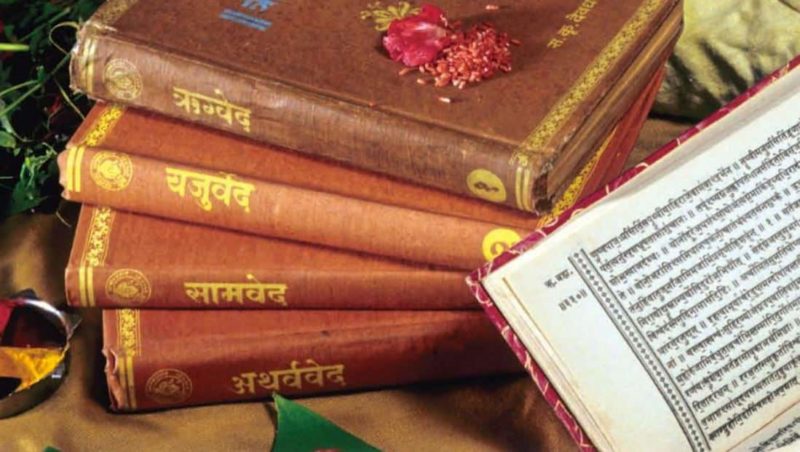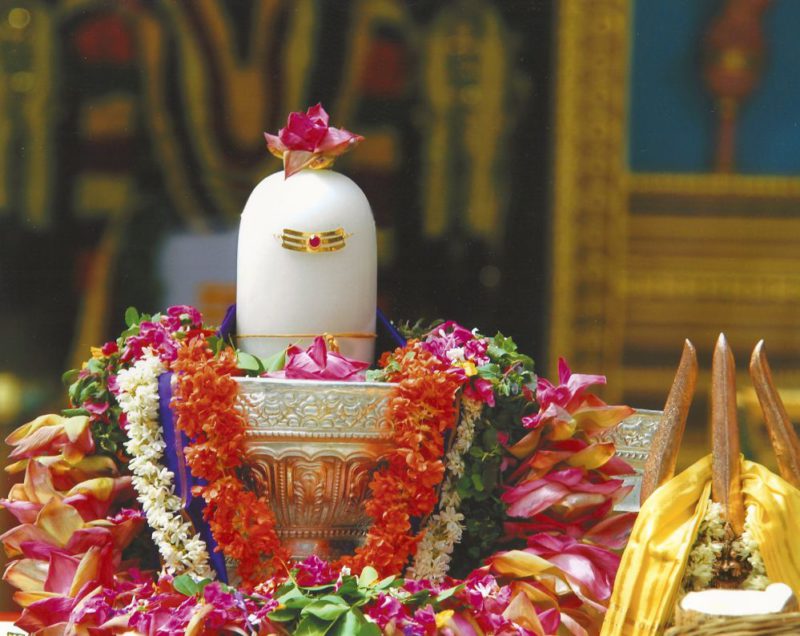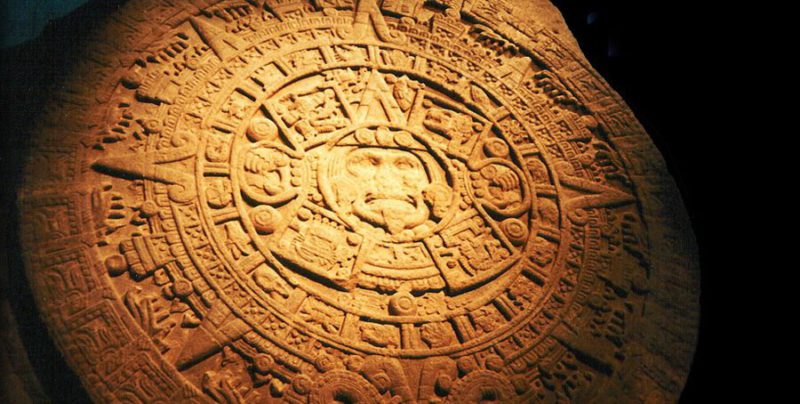No products in the cart.
Spirituality, Vedic Practices, Yoga
7 Chakras of human body
The word Chakra has its origin from the Sanskrit word cakra which stands for wheel or disc. The 7 chakras are believed to be the major energy centers in our body it is also believed that by activating these chakras we can attain the sahasra or in other words understand the Brahman or kundalini within […]

